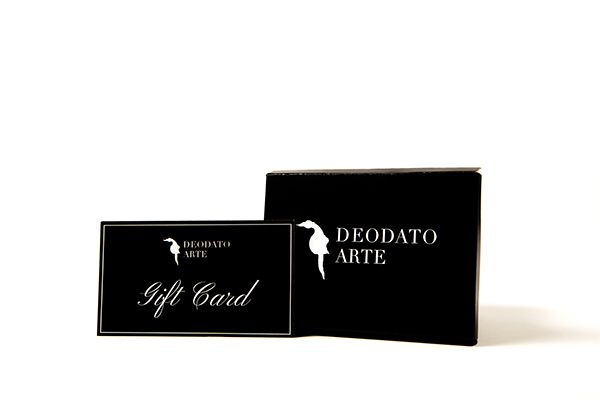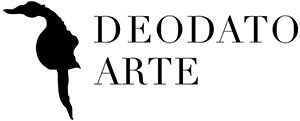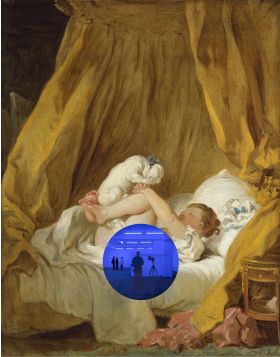
Thank you!

Gazing Ball
Jeff Koons - Gazing Ball
In the series by Jeff Koons Gazing Ball, the most expensive contemporary artist designs a timeless aesthetic. In these paintings, the power of the artistic gesture is continually reinterpreted in a dialogue with the artists of the past.
Giving the series its name is the common thread that runs through the works by Jeff Koons: Gazing Ball is a blue glass ball that sits on an aluminum shelf glued to the front of the painting. All Gazing Balls used were hand-blown in Pennsylvania, where Koons was born and raised.
By incorporating a Gazing Ball into each work, Koons pursues a dual intent. On the one hand, he makes his signature contemporary attitude plastically present. On the other, he calls the viewer's mind to delve into the memory of our historical and cultural representations. From the encounter of painting and sculpture, ancient and modern, compositions emerge from the maximum sensory perception.
Famous for having transformed the ephemeral and the kitsch into art - the balloon animals are a perfect example -, Jeff Koons describes the Gazing Ball as a symbol, at the same time, of the vastness of the universe and the intimacy of the here and now.
Through the presence of the glass ball, anyone viewing Jeff Koons' work sees themselves reflected in the perfectly polished surface and now an essential part of the painting. It is a powerful tool for connecting subjects and objects of contemplation.
"This experience is about you. Your desires, your interests, your participation, your relationship to this image."
Jeff Koons' Gazing Ball series was conceived in 2013 with blue balls adorning replicas of classical sculptures. Two years later, the artist extended the same motif to prints and paintings. The collection of paintings includes 35 works, in which Koons renews the experience of the art of Great Masters such as Courbet, Manet, El Greco, Titian and Van Gogh.
In the limited edition serigraphs available at our Deodato Arte Gallery and on our website, the effect of the sphere is rendered by a two-dimensional reflective surface.











 Register
Register Wishlist
Wishlist Contact Us
Contact Us











